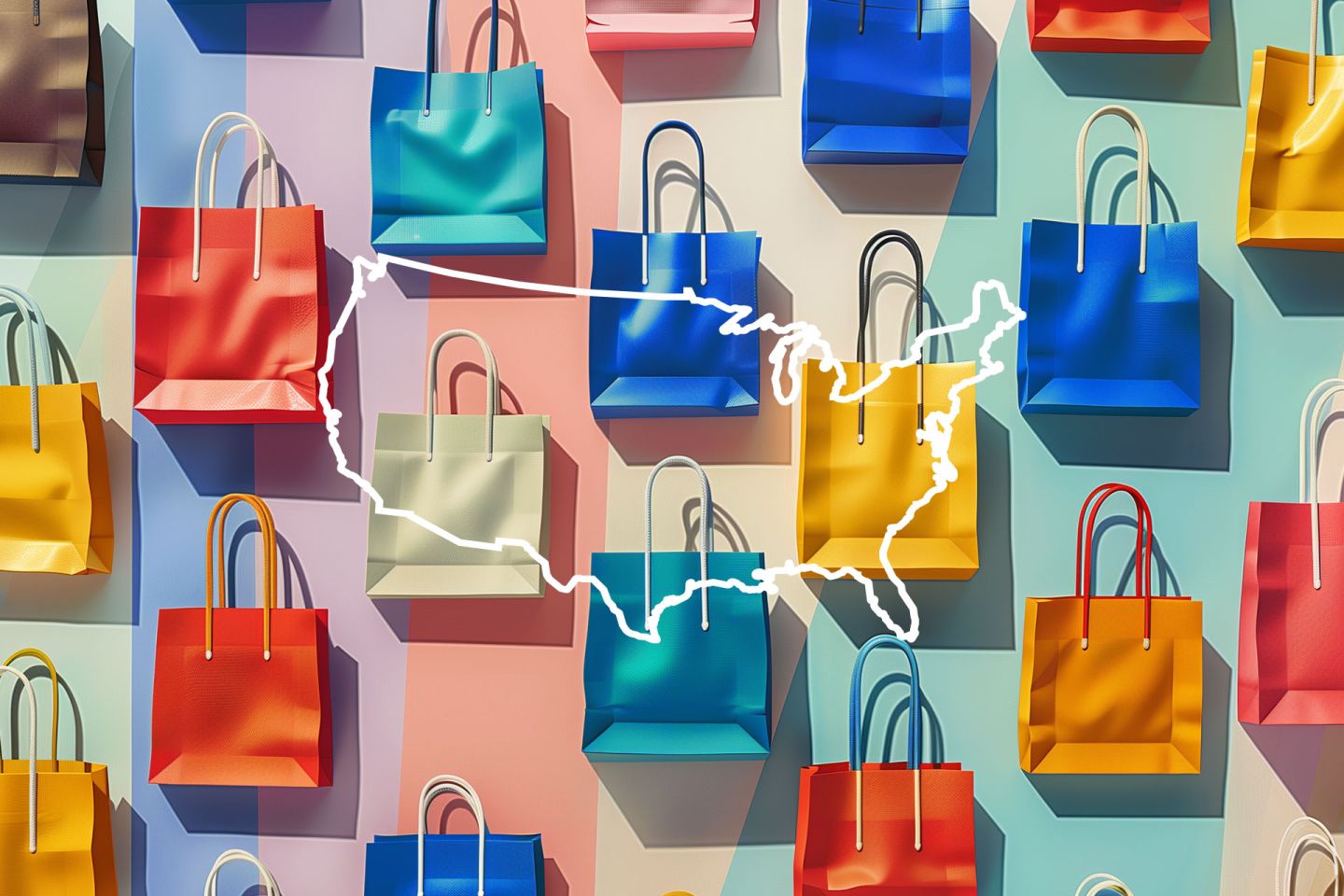In retail, you will always have needs-based consumer purchasers. However, there is another group of consumers that may be frequenting your stores because shopping is their hobby. These consumers are often playfully referred to as shopaholics.
Shopaholics are shopping enthusiasts. They enjoy the excitement of discovering new items, brands, and styles and gaining the satisfaction of something new. For some, the thrill of the hunt is exhilarating, whereas others think shopping is a great way to relax.
In this blog, we explore buyer motivators, top markets for shopaholics, as well as tools to identify them.
Understanding the Psychology Behind Shopaholics' Purchasing Decisions
As noted in “Retail Psychology: How to Understand Consumer Behavior” (Shopify, 2020), buyer motivators are the emotions and facts influencing their purchasing considerations. While there are many considerations, there are two primary categories:
- Product motivation
- Patronage motivation
From here, they are broken down even further into emotional or rational motivation. Research suggests shopaholics lean more towards emotional product or patronage motivation. These consumers are primarily driven by emotions, status, impulse, or brand loyalty.
At Buxton, we classify consumers as shopaholics if they view shopping as a great way to relax. Understanding buyer motivators is crucial for identifying what drives purchases. By learning these motivators, you can enhance your in-store customer experience or discover other ways to engage this consumer group.
Identifying Top Markets for Shopaholics
If shopaholics are a customer group your brand caters to, you may be curious about which markets have a high percentage of these consumers. Knowing which markets have higher concentrations of shopaholics can help you identify where to grow, where to consider in-store events for shopping enthusiasts, and more.
We answered this question using Buxton’s IQ geographies query.
We first selected Designated Market Areas (DMAs) with at least 25% or more of households being highly likely to be considered shopaholics. Next, we evaluated all DMAs and filtered to the highest count of households. This revealed the top markets in the U.S. for shopaholic households by percentage and quantity.
Top 10 DMAs for Shopaholics
| by percentage of households | by total number of households |
|---|---|
| 1. Harlingen-Weslaco-Brownsville-McAllen, TX | 1. New York, NY |
| 2. Laredo, TX | 2. Los Angeles, CA |
| 3. Yuma AZ-El Centro, CA | 3. Philadelphia, PA |
| 4. Miami-Ft. Lauderdale, FL | 4. Boston, MA (Manchester NH) |
| 5. Greenwood-Greenville, MS | 5. Chicago, IL |
| 6. El Paso, TX (Las Cruces, NM) | 6. San Francisco-Oakland-San Jose, CA |
| 7. Bakersfield, CA | 7. Dallas-Ft. Worth, TX |
| 8. Fresno-Visalia, CA | 8. Washington DC (Hagerstown, MD) |
| 9. Memphis, TN | 9. Minneapolis-St. Paul, MN |
| 10. Los Angeles, CA | 10. Atlanta, GA |
As a Buxton subscriber, you can replicate this exercise within IQ to identify which of your markets may be prevalent for shopaholics or other specific behavioral interests.
Bottom Line
By understanding consumer psychology, you can learn to recognize factors influencing purchasing decisions to improve the customer experience. If shopaholics are part of your consumer base, consider ways you can give them the relaxing shopping experience they seek. With the Buxton Platform, you have the resources to assess different audiences, like shopaholics, to tailor your approach to your best customer’s decision-making style.
Watch our “Think Bigger! IQ Now Queries Geographic Areas” webinar to learn how IQ can save you time answering macro-level questions.


